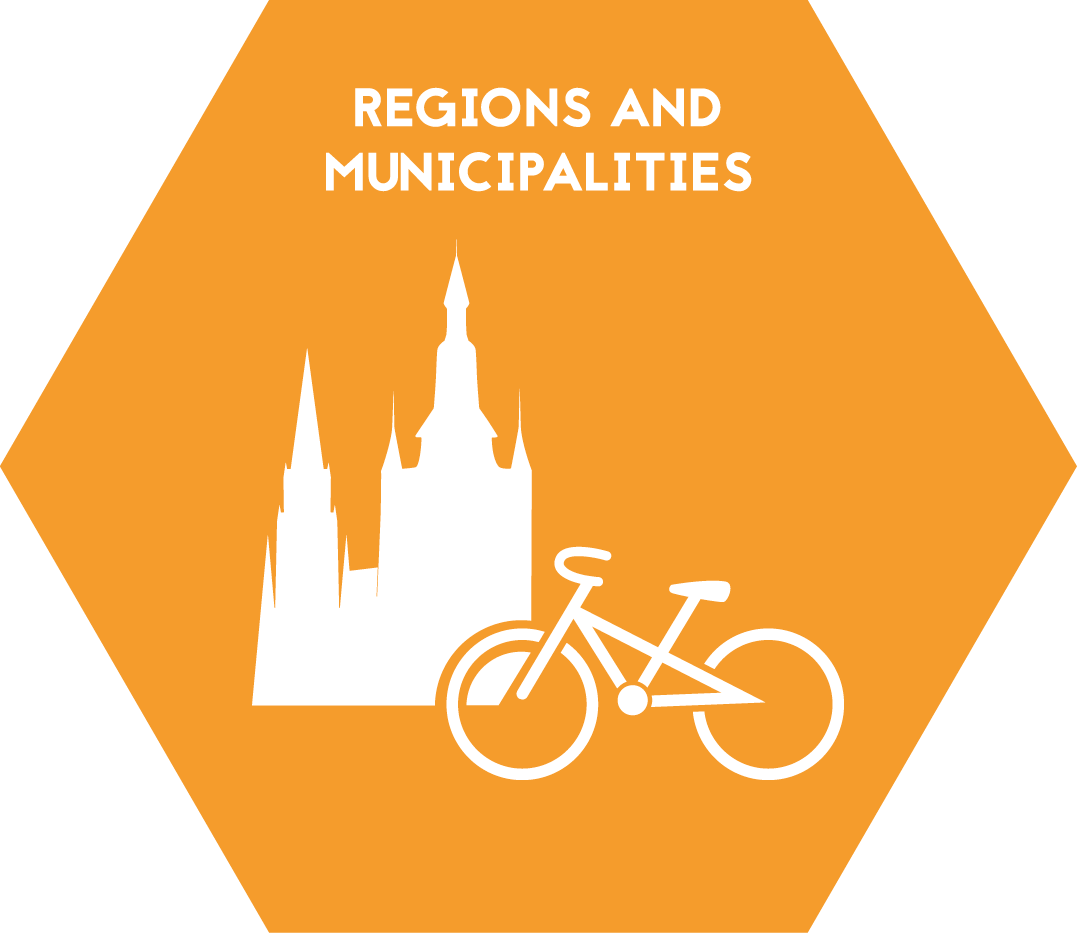| Relevance/rationale of the indicator (resp. why the indicator was chosen to measure the target and how it is suitable for these purposes) |
Assessment of the extent of social exclusion in the territory and identification of the level of support needed. |
| Target value of the indicator and its evaluation |
|
| Definition |
Categorization of municipalities according to the extent of social exclusion. |
| Measuring unit |
Number of municipalities |
| Indicator disaggregation |
By category – none or low level of social exclusion (0–1 point), vulnerable municipalities (2-7 points), municipalities at threat (12–30 points). |
| Reference period (resp. the period to which the indicator relates) |
Year |
| Related geographical area |
LAU2 (NUTS5) |
| Comment |
The Index of Social Exclusion, developed by the Agency for Social Inclusion, allows for a nationwide assessment of the extent and degree of social exclusion in the territory. The Index consists of five key indicators of social exclusion. The scale of the index ranges from 0 to 30 points, with 0 indicating the absence or minimum extent of social exclusion and 30 indicating the highest level of social exclusion. |
